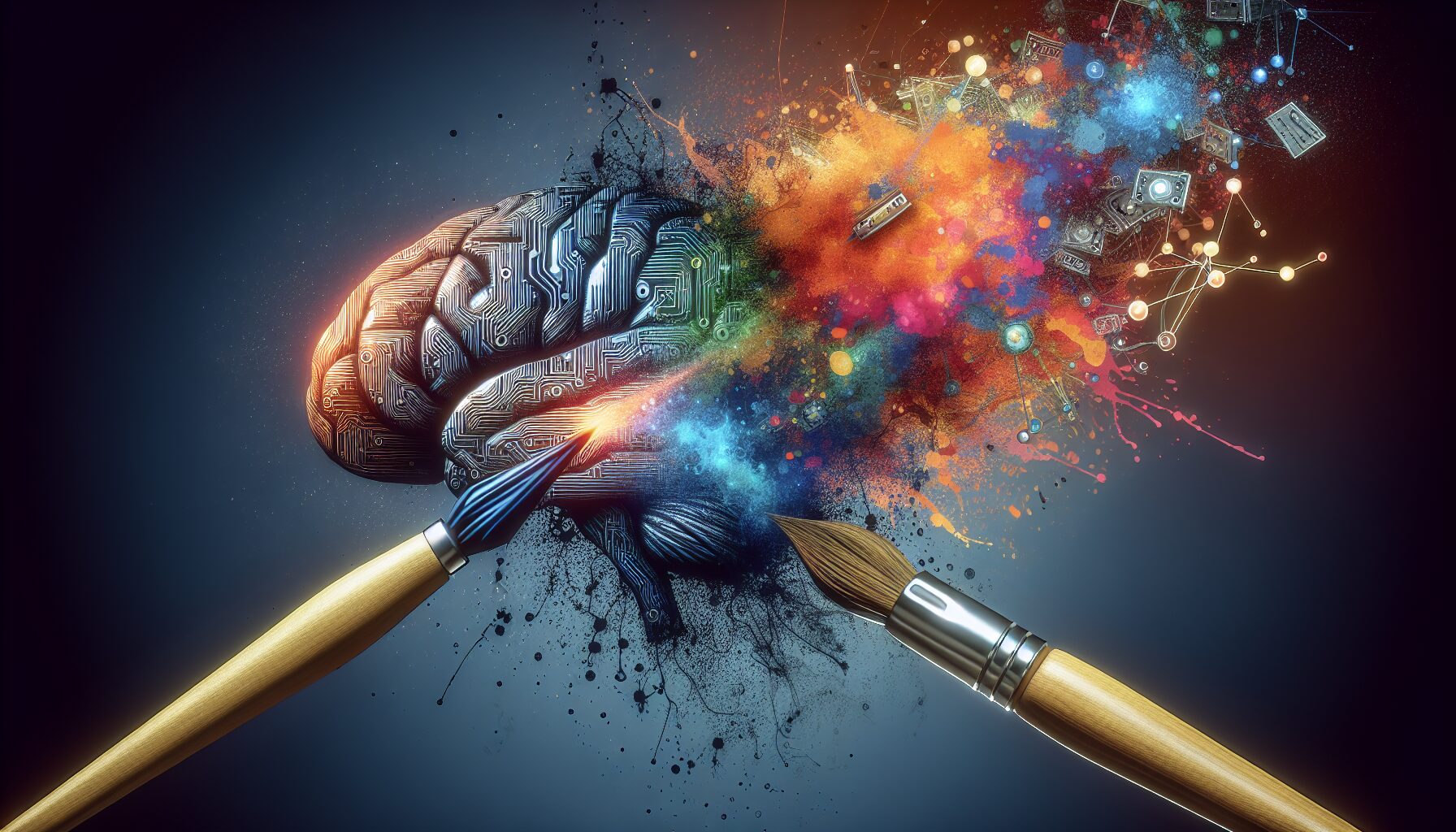The graphic design industry is undergoing a seismic shift, driven by the rapid advancement of artificial intelligence (AI). From automation in design tools to AI-powered creativity, the way designers work is evolving at an unprecedented pace. While some fear that AI might replace human designers, the reality is that those who embrace this technology can elevate their work, streamline their processes, and remain competitive in an industry that is becoming more automated.
The Impact of AI on Graphic Design
AI is changing the landscape of graphic design in multiple ways. Automation has made many tasks more efficient. Tools like Adobe Sensei can quickly remove backgrounds, resize images, and generate color palettes, freeing up designers to focus on creativity rather than tedious, repetitive work. AI is also providing designers with new sources of inspiration. Platforms like DALL·E, MidJourney, and Runway ML generate visuals based on text prompts, allowing designers to refine and customize AI-generated concepts to fit their unique vision.
Additionally, AI-driven personalization and data analysis are making designs more tailored to specific audiences. AI also speeds up production, making it easier to meet tight deadlines and take on more projects. Beyond efficiency, AI is pushing creative boundaries by enabling generative design, which allows for the creation of complex, data-driven visuals that would be difficult to achieve manually.
The Challenges AI Poses to the Design Industry
Despite its benefits, AI is also creating challenges that designers must navigate. One of the biggest concerns is job displacement. Many businesses are turning to AI-powered design tools instead of hiring professional designers, which has led to fewer job opportunities, particularly for entry-level and freelance designers. Another issue is the homogenization of design. Because AI-generated visuals often rely on pre-existing datasets, there is a risk that design work will become repetitive and lack originality.
Intellectual property concerns are also on the rise. Many AI models are trained on vast amounts of existing artwork without explicit consent from the original creators, raising ethical and legal questions about copyright and ownership. Additionally, as AI automates more aspects of design, fundamental design skills such as hand-drawn illustration, typography, and composition may decline among new designers who rely too heavily on technology. Over-reliance on AI can also lead to a lack of critical thinking and problem-solving skills, as some designers may default to AI-generated solutions rather than pushing their creativity further.
How Designers Can Leverage AI to Stay Competitive
The good news is that AI doesn’t have to be a threat—it can be a powerful tool for designers who learn how to use it effectively. The key is to embrace AI as a collaborator rather than a replacement. By letting AI handle repetitive tasks, designers can spend more time focusing on creative problem-solving and innovation. Staying informed about the latest AI trends and tools is also crucial. Designers should invest time in learning about AI-driven software, attending workshops, and understanding how AI is being used in the creative industry.
While AI is a useful tool, human designers bring something AI cannot replicate: emotional intelligence, cultural awareness, and storytelling abilities. Strengthening skills in branding, user experience (UX) design, and visual storytelling will help designers remain indispensable. Additionally, developing a unique design voice is more important than ever. AI can assist in generating visuals, but it cannot replicate an individual designer’s creative perspective. By cultivating a distinct aesthetic and personal brand, designers can stand out in an increasingly AI-driven world.
Rather than relying on AI to generate entire designs, designers should use it to enhance productivity, streamline workflows, and push creative boundaries. Those who integrate AI strategically while maintaining their creative integrity will have a competitive edge.
The Future of Graphic Design in an AI-Powered World
The role of designers isn’t disappearing—it’s evolving. AI is undoubtedly reshaping the industry, but human creativity remains the driving force behind great design. Those who adapt, innovate, and learn how to leverage AI effectively will thrive in this new era of graphic design.
By embracing AI as a tool rather than fearing it as a threat, designers can future-proof their careers, expand their creative possibilities, and continue to produce meaningful, impactful work. The key to success is not resisting change but learning how to make it work to one’s advantage.

